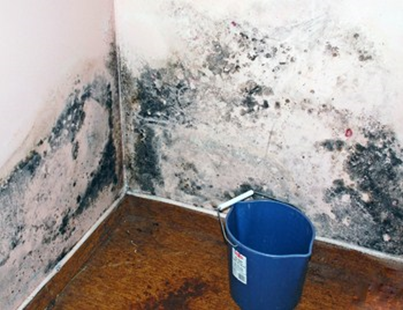- 1 Minute to read
- Print
- PDF
8. Water Damage
- 1 Minute to read
- Print
- PDF
8.1 Inevitably, a windows is left open, or plasterboard is commenced prior to the complete enclosure of the building with façade, roof etc.
8.2 The plasterboard should be 10mm off the ground as per standard installation requirements, to avoid this absorption, so lest assume the water has come in through a leaking penetration or the like. The sheet is wet. Within a few days, black mould spots appear on the plasterboard. Pretty soon the bottom of the sheet has a decent mould growth and out comes the bleach. Mould is extremely unhealthy and must be treated/neutralise before the area is used or habited.

8.3 There is common misunderstanding that a diluted bleach or chorine solution kills mould. This is not correct. Laundry bleaches used to be Chlorine based products (Sodium Hypochlorite), and while highly corrosive and effective at killing bacteria on contact, the active ingredients – chlorine does NOT soak into porous materials like plasterboard at all. The effect – the mould changes colour on the surface and the water soaks in and FEEDS the mould – making it worse. Now bleaches are becoming more “eco-friendly Chlorine free”. White king – a well-known laundry bleach is Sodium Hypochlorite.
8.4 Most pool chlorines is also Sodium Hypochlorite and will work on hard surfaces with mould, but not if the mould has grown into the plasterboard.
8.5 The use of Chloride Dioxin is the most effective form of treatment. This is NOT the typical pool chlorine or liquid bleach. It is a specialist chemical – used widely in water treatment.
8.6 This may be possible to treat small leaks where the mould is on the surface but for large areas it is UNLIKLEY to work so bite the bullet and REPLACE the sheet.

